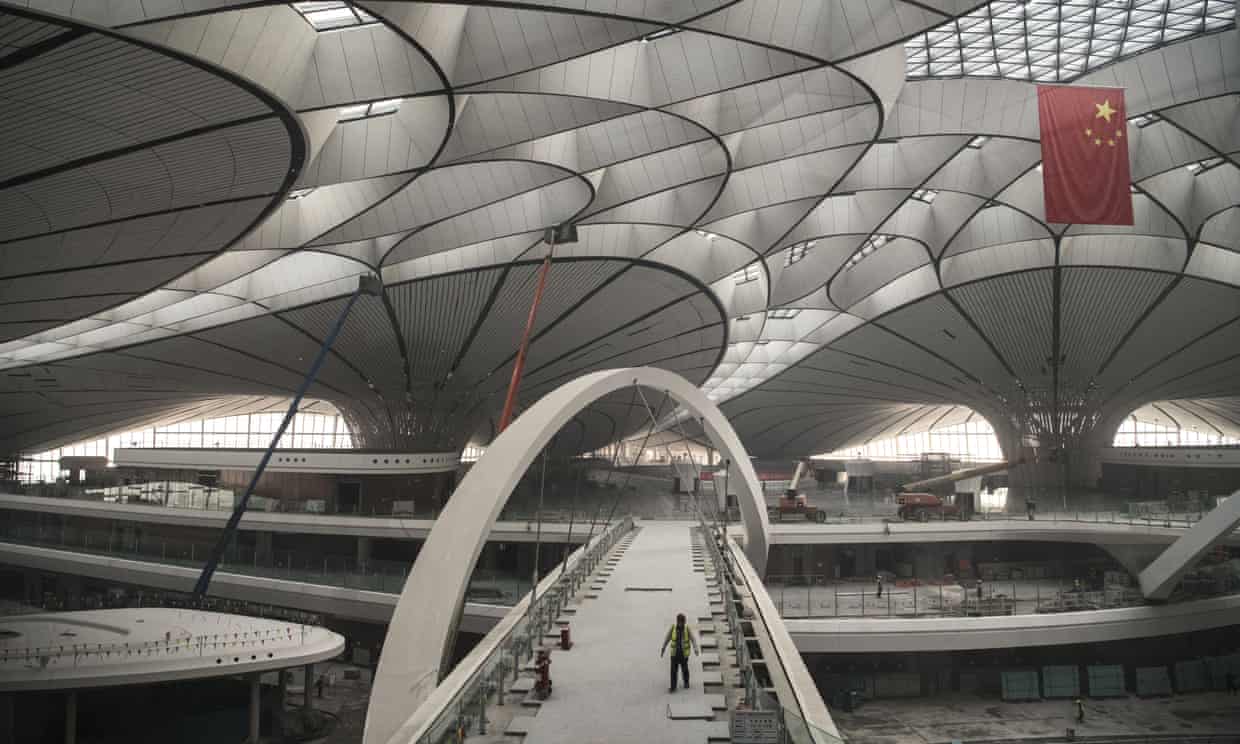
The brainchild of local hoteliers Stig and Gaute Ubostad, Under was designed by Oslo-based architects Snøhetta. Semi-submerged in the North Atlantic, the 34-metre-long building rests on the seabed five meters below and breaks the surface at one end. It will open to diners on 2 April.
Photograph: Tor Erik Schrøder/AP
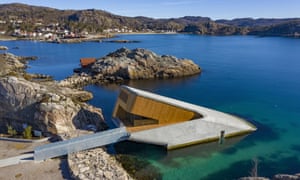
The £6m structure, close to the village of Båly in southern Norway’s Lindesnes region, is designed to integrate into its environment and the concrete shell will function as an artificial reef.
Photograph: André Martinsen
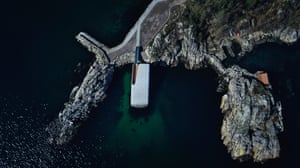
The restaurant’s half-metre-thick concrete walls are built to withstand harsh sea conditions. Under is also a research centre for the marine life that flourishes in the surrounding waters, and will host research teams studying marine biology and fish behaviour.
Photograph: Inger Marie Grini
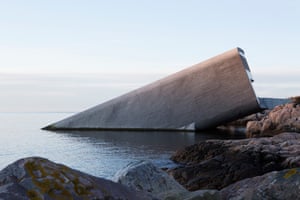
The restaurant seats 40 and a window 11 metres wide by 3.4 high offers a view of the seabed. Lights have been installed to attract sea life to the window.
Photograph: Lefteris Karagiannopoulos/Reuters
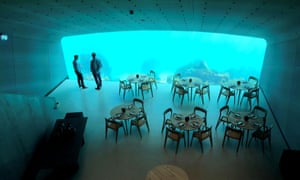
Under’s culinary focus, led by head chef Nicolai Ellitsgaard, is on fine dining and locally sourced produce from the surrounding waters and farms, with an emphasis on sustainable capture of wildlife. There is one set menu: the £199 ‘immersion’ menu. The restaurant won’t reveal what’s on the menu saying it wants the experience to surprise guests. A wine-paring costs an additional £128, or you can order drinks a la carte. Pictured: Mahogany clam with preserved tomato water.
Photograph: Stian Broch
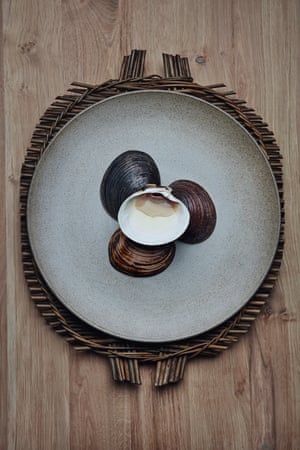
The colour of the textile-clad interior gets darker and more intense the deeper guests go below water. Bespoke textiles stretch over acoustic panels and reference the colours of sunset over the sea.
Photograph: Inger Marie Grini
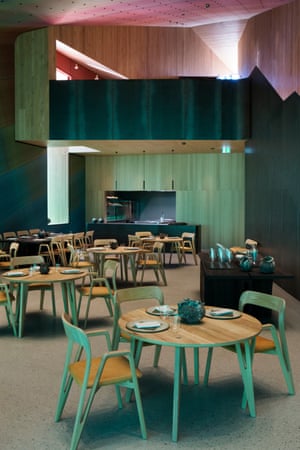

The restaurant aims to bring under-appreciated seafood to diners’ attention, using ingredients rarely served elsewhere, such as stone crab and rugose squat lobster. It is almost fully booked until September, although there are some spaces available over summer.Pictured: Pinnebrød, grilled savoury bread with roasted seaweeds.
Photograph: Stian Broch
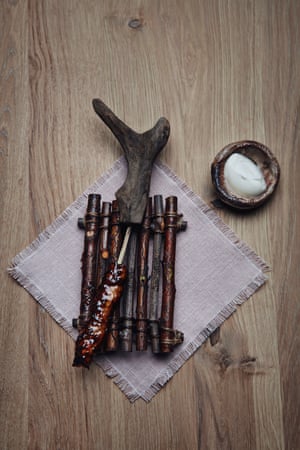
Under was built on a barge 20 metres from the site and its windows were installed prior to submersion. During submersion, the structure floated on its own and was moved to its location by crane and tugboats. It was then bolted to a concrete slab anchored to the bedrock beneath the sea.
Photograph: Lefteris Karagiannopoulos/Reuters
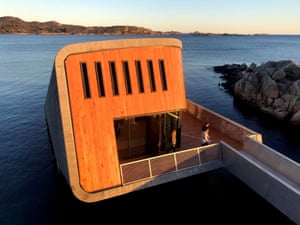
Dramatic inside and out, whatever the weather, Under is reminiscent of a whale resting its head on the rocky shore.
Photograph: Ivar Kvaal
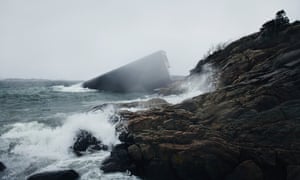
The Guardian

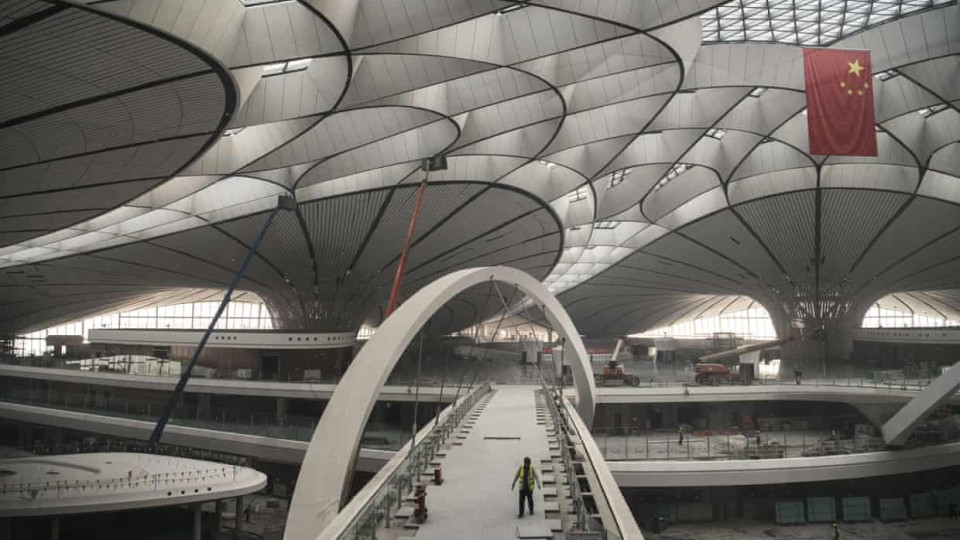
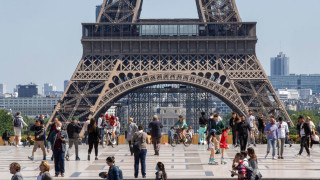





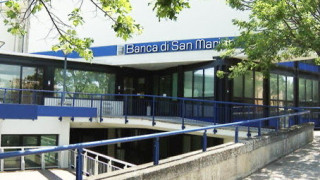


Leave a comment